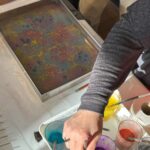
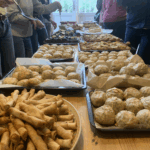
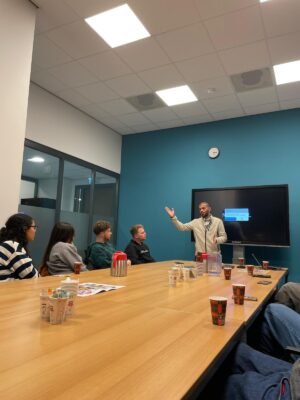
On November 20, 2024, volunteers from RPM had the opportunity to visit the asylum reception center (AZC) in Maastricht, where we gained a deeper insight into the work being done by organizations like Vluchtelingenwerk Nederland (VWN) and COA (Central Agency for the Reception of Asylum Seekers) in ensuring that refugees and asylum seekers are supported throughout their journey, from the initial asylum application procedure to the integration process.
Our visit started with a presentation about VWN, an independent organization with over four decades of history. Guided by the principles of the Universal Declaration of Human Rights, VWN has grown from small city-based groups into a national organization with around 1,400 employees and over 9,000 volunteers and interns. In the Maastricht region, at the time of writing, VWN operates across six locations (two specifically for minors) with a team of nine volunteers, five interns, and two employees.
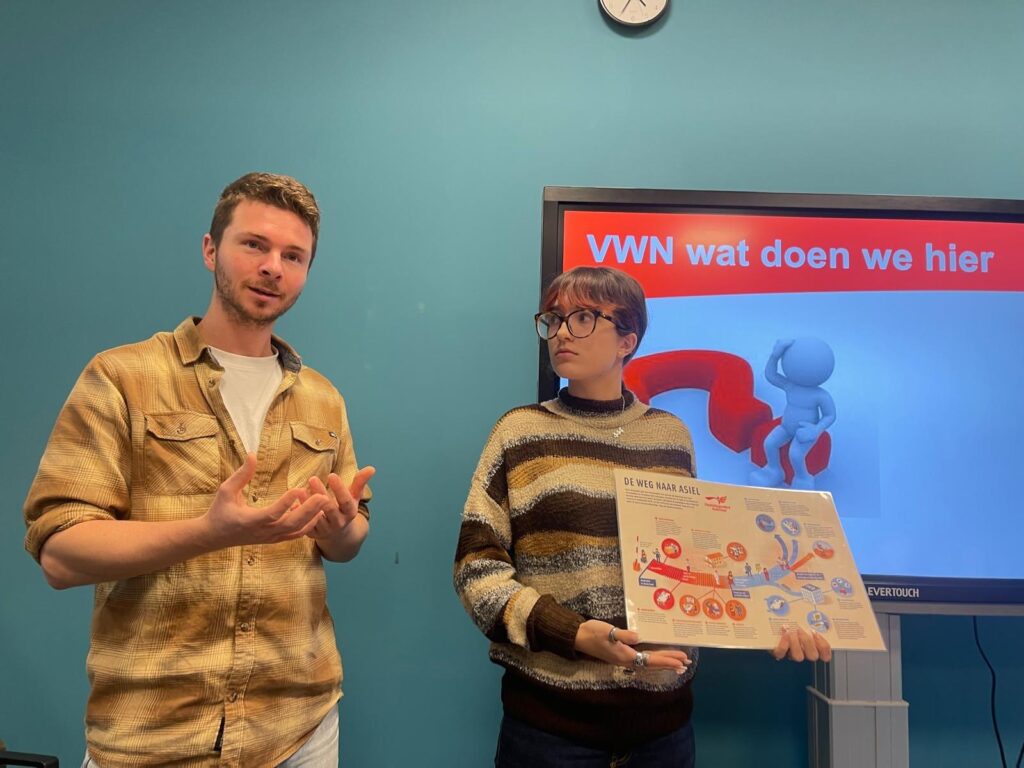
The organization operates on two primary fronts: legal assistance and integration support.
Legal assistance
VWN helps asylum applicants navigate the complex asylum process, connecting them with lawyers, explaining the legal implications of application rejections, and bringing cases of illegal treatment to court. They also tackle misinformation through the RefugeeHelp website, a collaboration with other organizations designed to combat misinformation and fake news about asylum shared on social media. There you can find the most up-to-date and reliable information about the asylum application process in many different languages.
Integration support
Beyond legal guidance, VWN assists refugees in integrating into Dutch society; this includes help with finding employment and opening bank accounts.

Following the presentation on VWN, we examined the asylum process itself, which we found to be extremely lengthy. The process begins with an identity check and an interview with the police, focusing on the applicant’s identity, origin, and route to the Netherlands. Applicants are then given the opportunity to acquire legal representation before a second interview.
In this second interview, they must explain the reasons for fleeing their home country and provide any relevant documentation. Before this stage, they undergo a medical assessment to ensure they are fit to participate in the interview; unfortunately, many underreport health issues to avoid further delays.
While the law stipulates a maximum waiting period of 15 months for a final decision, in practice, delays often extend to over 20 months just for the second interview. Lawyers frequently attempt to expedite cases through court appeals, but with limited success.
After the overview of the procedure, we learned more about the COA. Established in 1994, COA is responsible for managing the reception of asylum seekers, ensuring they have access to shelter, guidance, and essential services. With 298 locations—195 of which are emergency camps—COA faces significant pressure due to the growing demand for asylum accommodations.
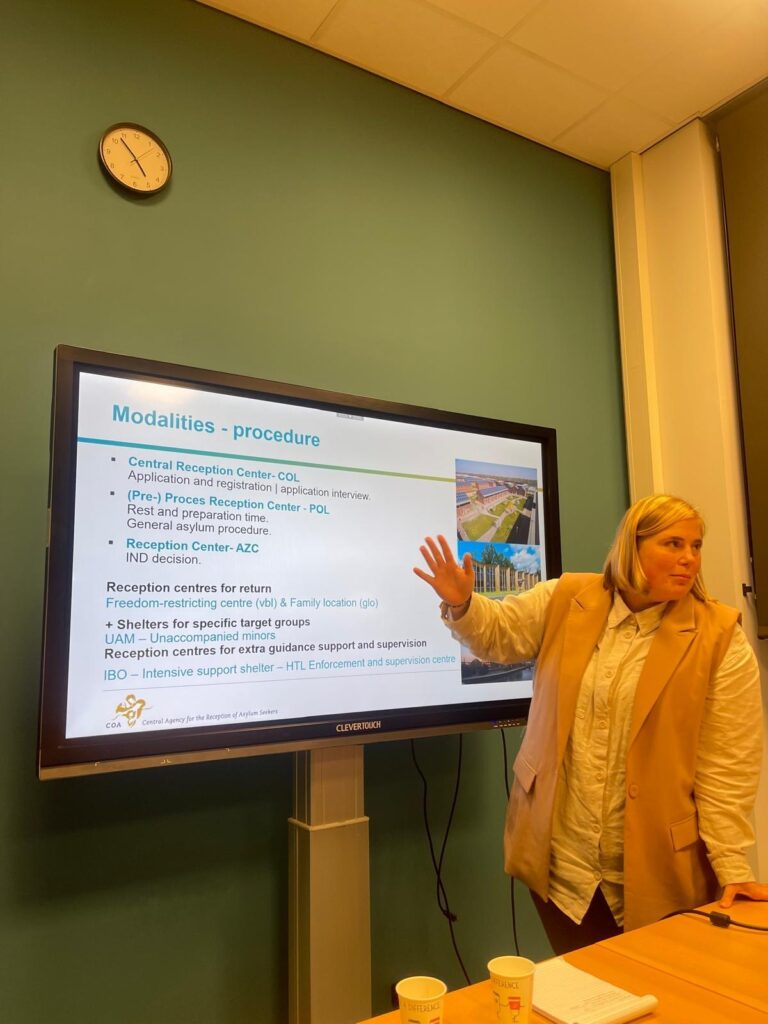
The agency operates various types of centers, including:
COLs – central reception centers for registration
POLs – process reception centers and their pre-process equivalents
AZCs – standard reception centers for housing asylum seekers. There are also specialized AZCs for specific groups, for instance centers for families (with freedom restrictions), for individuals with medical needs and for unaccompanied minors. Every AZC differs in infrastructure and capacity.
During our visit to the center in Maastricht, we were shown around the facility. This AZC, which opened in 2019, hosts 650 residents in apartments accommodating 8–10 people. The main building also includes shared spaces like recreation rooms and spaces where language cafes and children’s activities take place.
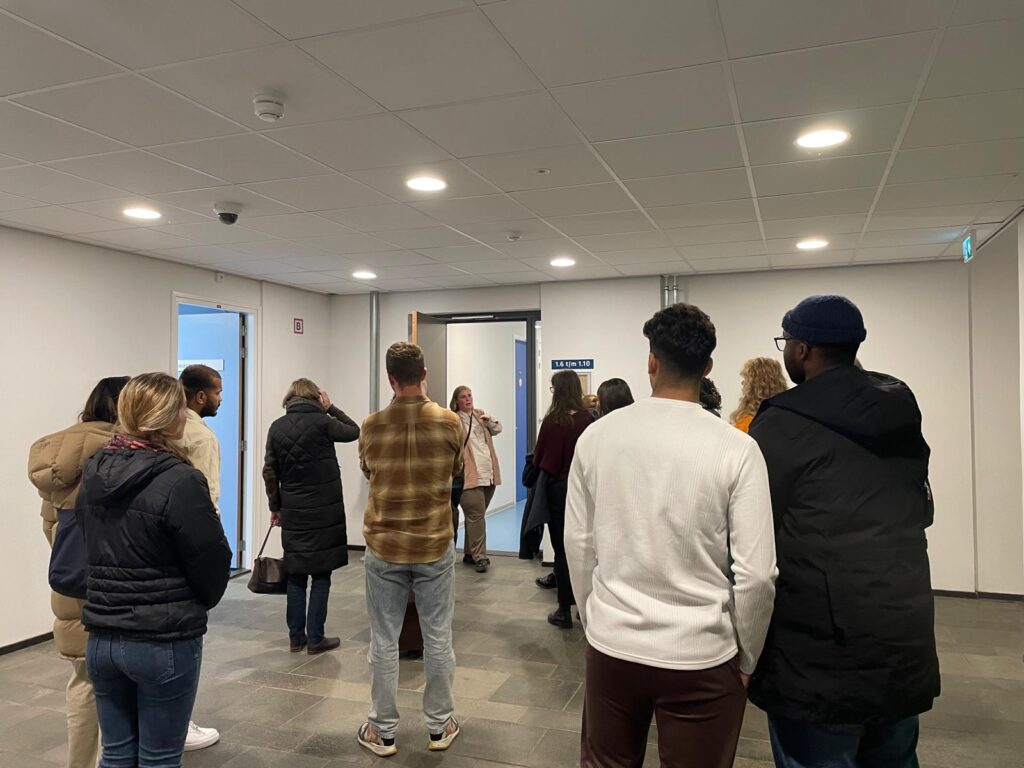
Staff at reception centers include social workers, case managers, and program coordinators, who all assist with integration planning and support, as well as servicemen responsible for maintenance and language teachers. Many asylum seekers also contribute by working within the centers, helping maintain smooth operations.
We heard firsthand how activities like job placements and language buddy programs positively impact the lives of residents. These initiatives not only help asylum seekers stay engaged, but also foster community integration—allowing them to be seen as coworkers, rather than solely as refugees. And, to assess and improve the effectiveness of its support, COA employs a six-domain guidance method, which regularly evaluates residents’ progress in areas such as self-care, social networks, and future planning.
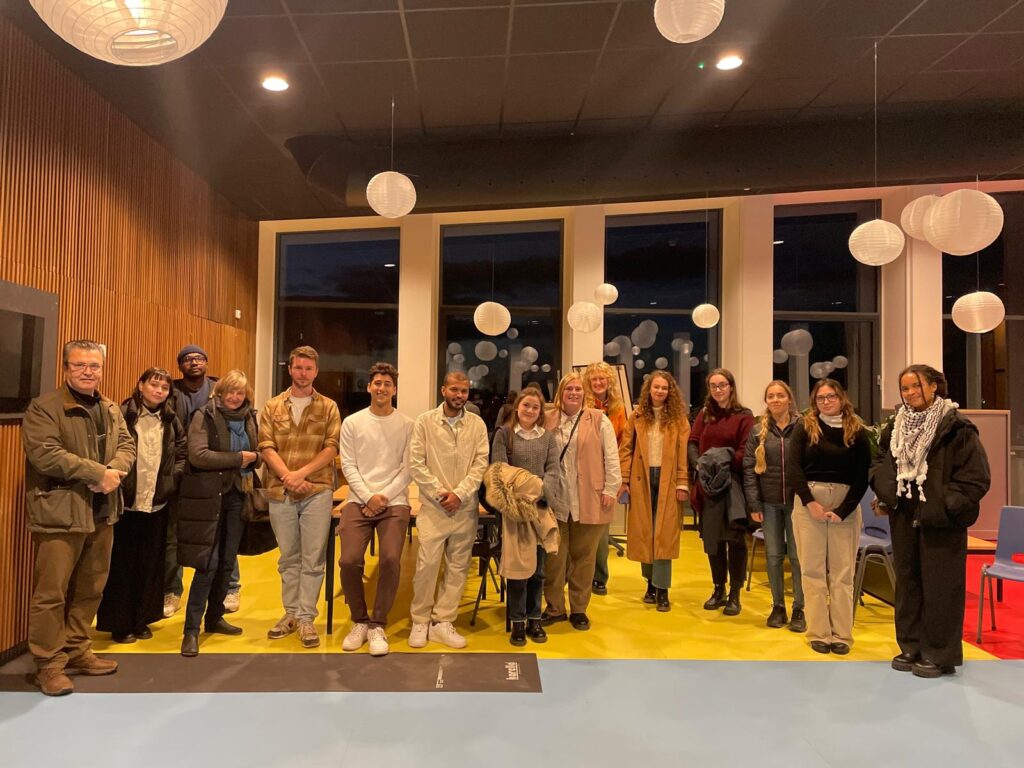
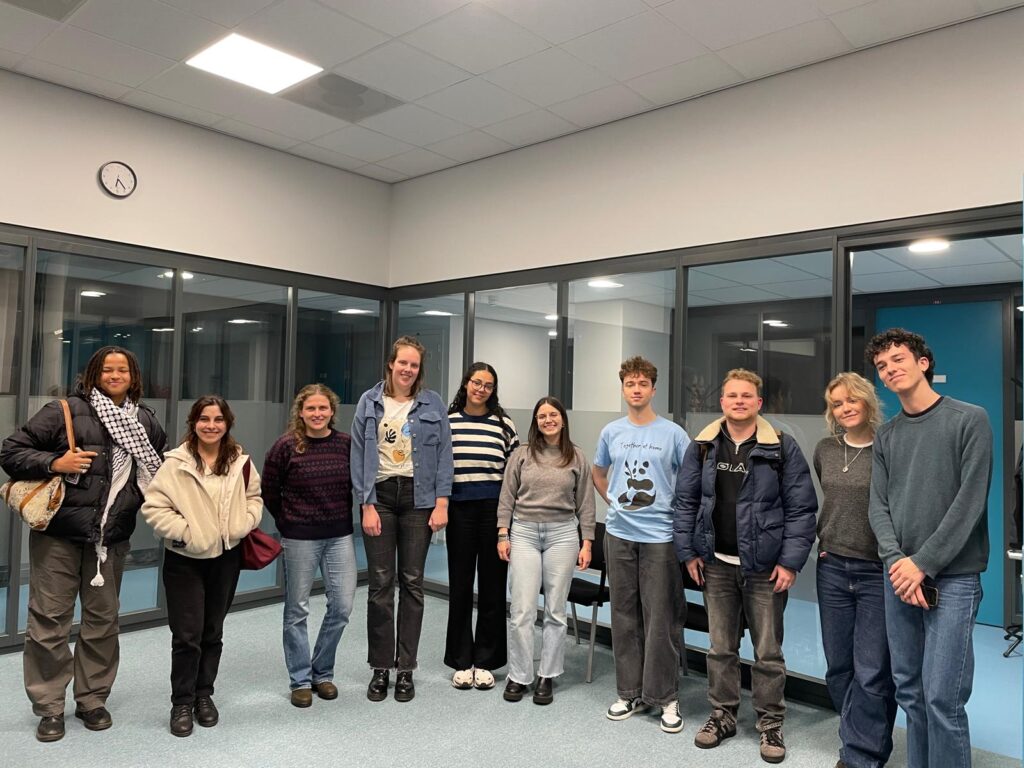
The visit was an incredible opportunity to discover the successes and challenges of the Dutch asylum system. While organizations like VWN and COA provide crucial support and guidance, systemic issues such as delays, underfunding, and overcrowding remain pressing concerns. Nevertheless, the dedication of staff, volunteers, and the many volunteering opportunities for refugees offered by NGOs in the city of Maastricht aim to make a difference in the lives of asylum seekers
This article was written by Claudia Fongaro and Ana Lucía Zumarán Valencia, edited by Alaïa Lafleur. Photos by Romina Ortega Rico and Héléna Clinckart